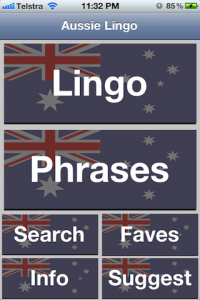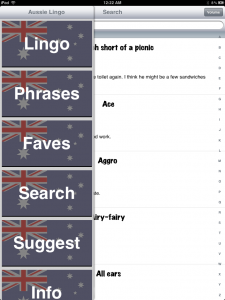In a new iPhone app I am currently developing I needed to be able to import the data from a plist file (apple’s XML formatted file) stored within the app bundle and display it in my app. Luckily there is a very handy class method in the NSDictionary class which enables you to create a Dictionary (basically an array with key values) from a file.
NSDictionary *dict = [NSDictionary dictionaryWithContentsOfFile:file];
As I wanted to be able to iterate through all the values in the plist, I created a main dictionary named “database” then within that an array which stored another dictionary that holds my key based data.
This is the code I used to open the plist file and iterate though all the values it contains:
NSString *file = [[NSBundle mainBundle] pathForResource:@"list_of_dogs" ofType:@"plist"];
NSDictionary *dict = [NSDictionary dictionaryWithContentsOfFile:file];
NSArray *dogArray = [[NSArray alloc] initWithArray:[dict objectForKey:@"database"]];
for (NSDictionary *sectionDict in dogArray){
//loop through the data from the plist
NSLog(@"Dog Name = %@ ",[sectionDict objectForKey:@"dog_name"]);
NSLog(@"Dog Type = %@ ",[sectionDict objectForKey:@"dog_type"]);
}
This is the XML format of the plist file I created:
<?xml version="1.0" encoding="UTF-8"?>
<!DOCTYPE plist PUBLIC "-//Apple//DTD PLIST 1.0//EN" "http://www.apple.com/DTDs/PropertyList-1.0.dtd">
<plist version="1.0">
<dict>
<key>database</key>
<array>
<dict>
<key>dog_name</key>
<string>Jasper</string>
<key>dog_type</key>
<string>Great Dane</string>
</dict>
<dict>
<key>dog_name</key>
<string>Samd</string>
<key>dog_type</key>
<string>Jack Russell</string>
</dict>
</array>
</dict>
</plist>
Any questions? hit me up in the comments



 Follow
Follow